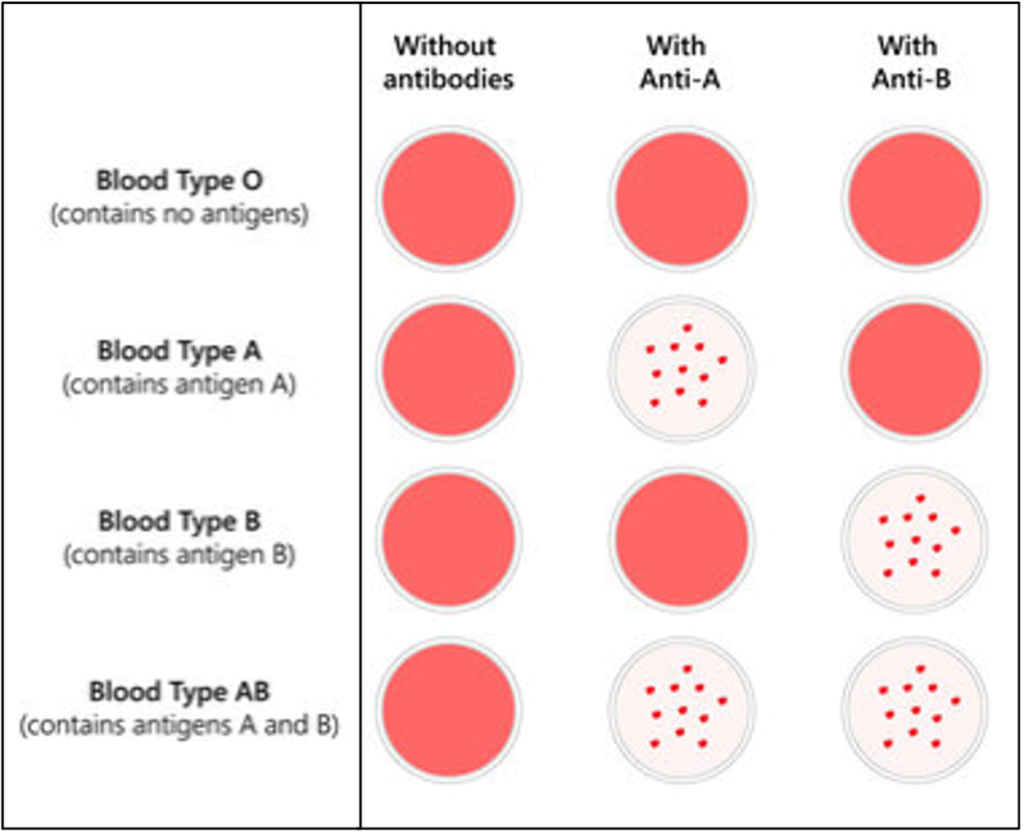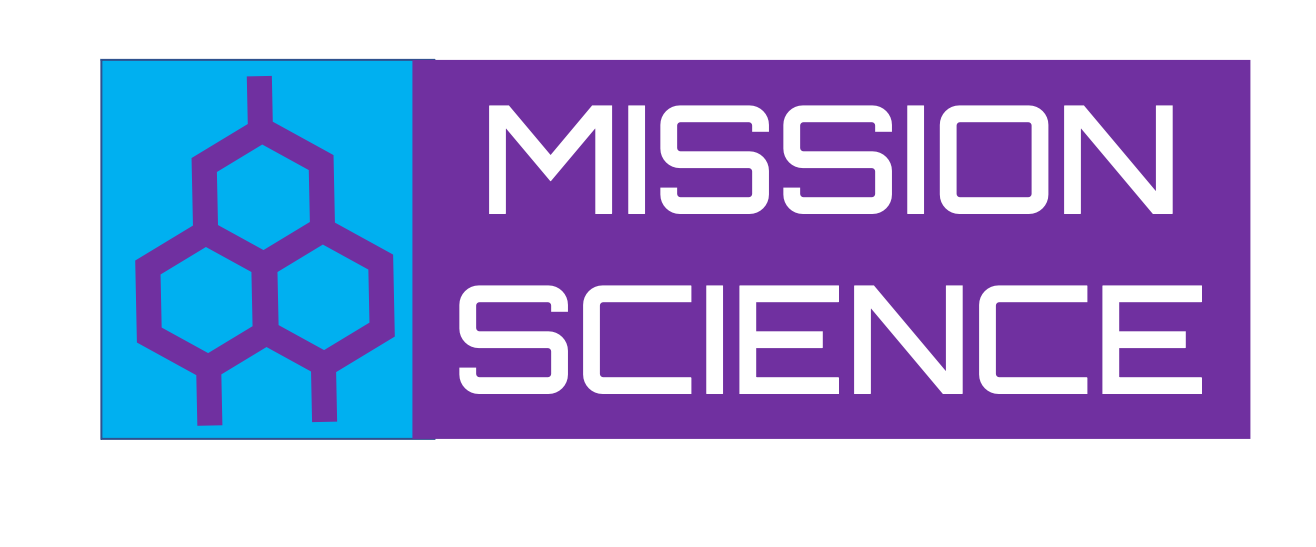Blood is a vital component of the human body. We all have 5 liters of blood in our bodies.
Blood is made up of four different components. Red blood cells (RBC), or erythrocytes, are hemoglobin-rich cells that transport oxygen throughout the body. White blood cells (WBC), or leukocytes, are one of the many cells in the blood that lack hemoglobin. This type of blood cell has a nucleus and plays an active role in our immune response. Platelets, or thrombocytes, are minute and colorless disk-like bodies that assist in blood clotting to heal an open wound. They do this by sticking to other platelets and damaged skin to form a protective wall around the injury, so no blood can get out. Plasma is the pale yellow liquid portion of blood, where the cells float.

There are four different types of red blood cells: Type A, Type B, Type AB, and Type O.
The ABO system is used to help classify human blood into these four categories based on the presence or absence of antigens. Antigens are anything that stimulates an immune response.
Antigen A is found on the surface of all Type A blood cells. Antigen B is found on the surface of all Type B blood cells. Both Antigen A and Antigen B are found on the surface of all Type AB blood cells. Type O blood has no antigens on its surface.
Antibodies are proteins used by the immune system to detect any foreign substances in the body. There are two types of antibodies: Antibody A and Antibody B.
A person with Type A blood will have Antibody B in their blood. This antibody prohibits Antigen B in the body. A person with Type B blood will have Antibody A in their blood. This antibody prohibits Antigen A in the body. Both Antibody A and Antibody B are found in the blood of a person with Type O blood. This means that both Antigen A and Antigen B are not allowed in the body. A person with Type AB blood has no antibodies in their blood. This is because both Antigen A and Antigen B are present and allowed in the body.
To find out the type of blood in a blood sample, antigens and antibodies are mixed. A reaction called agglutination determines the type of blood. Agglutination is the clumping of particles in the blood. This clumping is not good because it restricts blood flow throughout the body. This clumping reaction is the result of a prohibited antigen being present in the body.
If the blood from a sample clumps after Antigen A is added but does not clump after Antigen B is added, then the blood is Type B. If the blood from a sample clumps after Antigen B is added but does not clump after Antigen A is added, then the blood is Type A. If the blood from a sample clumps after Antigen A is added and after Antigen B is added, then the blood is Type AB. If the blood from a sample does not clump after Antigen A or after Antigen B is added, then the blood is Type O.

Type O blood is considered the universal donor because it has no antigens in the blood cells. This makes it easier for a person with any blood type to accept the blood in a transfusion because antibodies will not recognize any foreign antigen. Type AB blood is considered the universal recipient because it has no antibodies in the blood. This makes it easier for a person with AB blood to receive any type of blood during a transfusion because the lack of antibodies allows for any antigen to be present without the risk of agglutination.
The Rh factor is an inherited protein that can also be found on the surface of red blood cells. If your blood type is positive, then your blood cells have the Rh protein. If your blood type is negative, then your blood cells lack the Rh protein.

